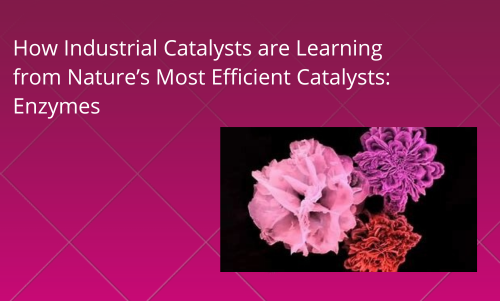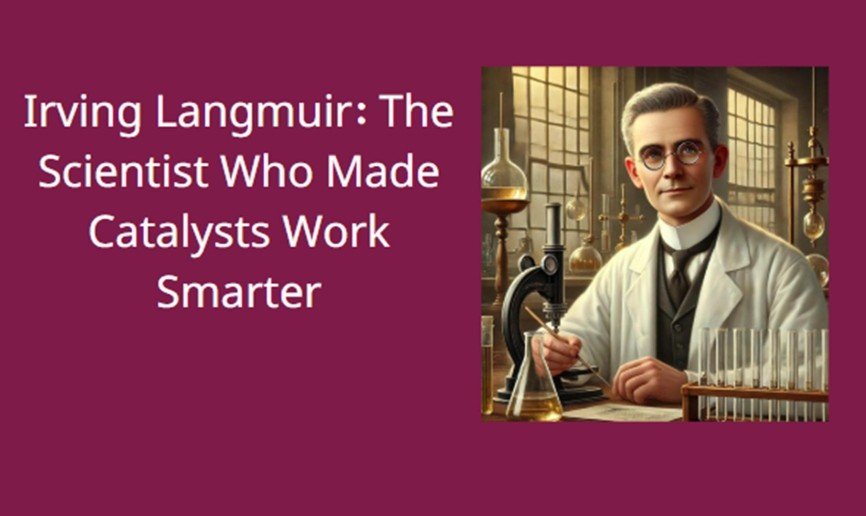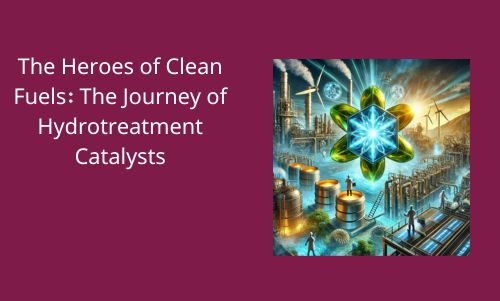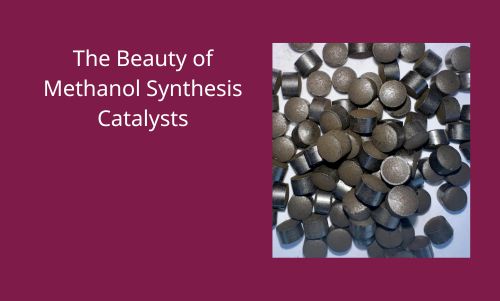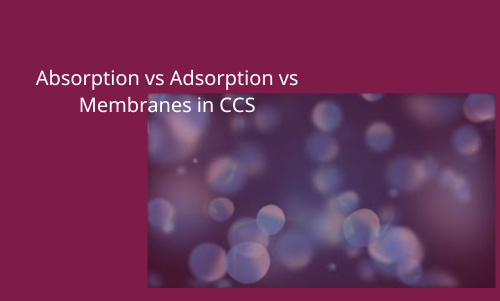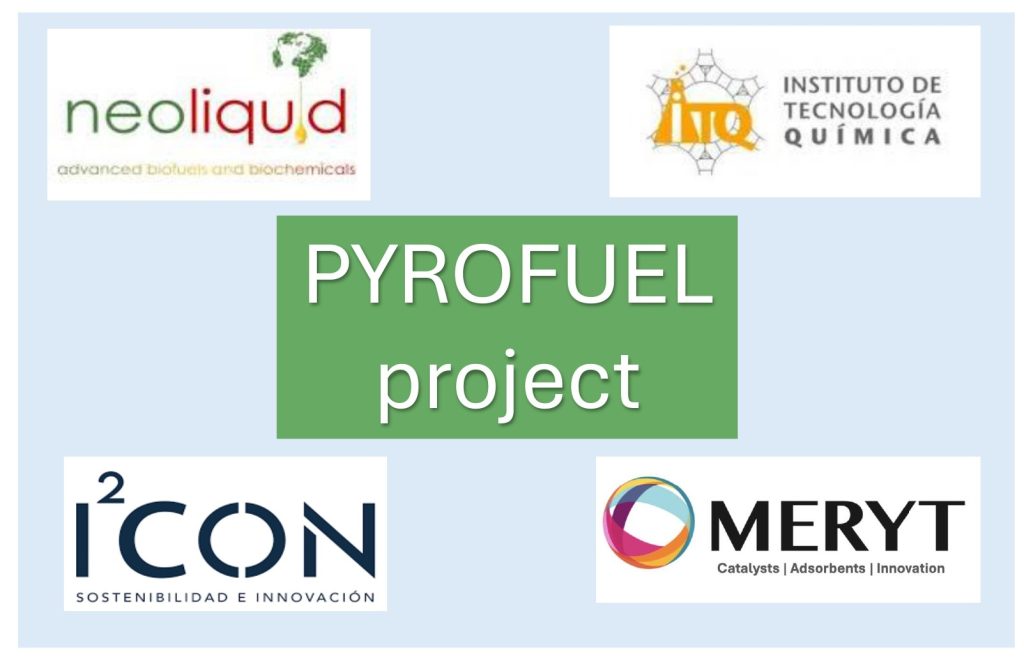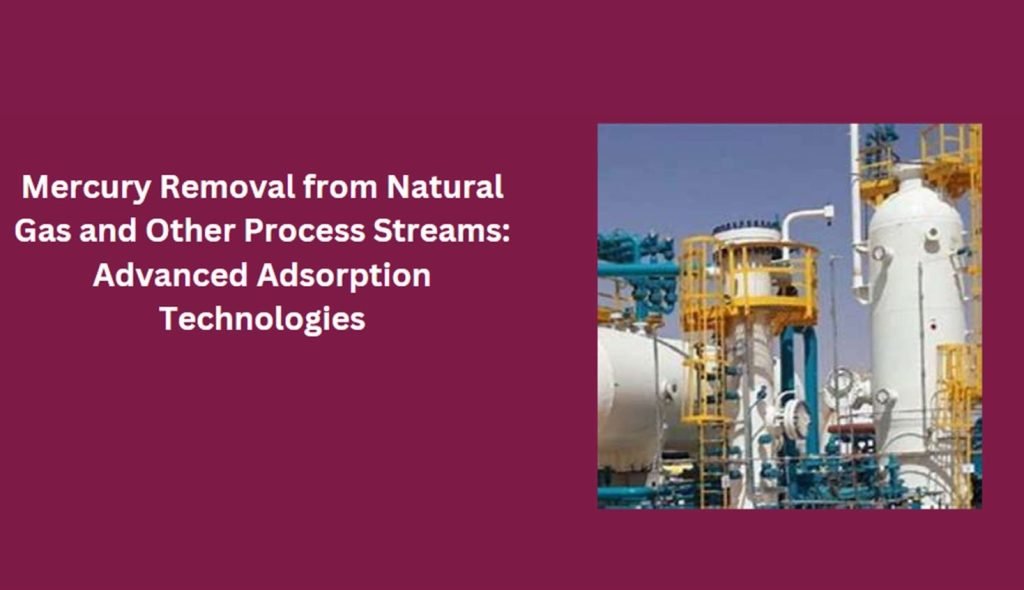In the vast world of chemistry, catalysts are the unsung heroes. They speed up chemical reactions, enabling the efficient production of fuels, chemicals, and all materials essential for modern life. But did you know that nature has been using catalysts for billions of years? These natural catalysts, known as enzymes, are the gold standard—operating with incredible efficiency and precision. The exciting news is that scientists and engineers are now taking cues from these biological marvels to design the next generation of industrial catalysts.
The Magic of Enzymes
Enzymes are like tiny, highly specialized machines within living cells. Each enzyme is designed to catalyze a specific reaction, turning raw materials into the molecules needed for life—all at remarkable speed and efficiency. What’s more, they do this under the mildest conditions: room temperature, normal pressure, and in water. Imagine if industrial processes could be this efficient!
An enzyme’s secret lies in its structure. It has an active site—a small pocket perfectly shaped to bind a specific molecule (or substrate). Once bound, the enzyme helps convert this substrate into a product by lowering the energy barrier of the reaction, allowing it to proceed quickly without needing high temperatures or pressures. This high specificity and efficiency are what scientists dream of replicating in the industrial world.
Mimicking Enzymes in Industry
In industry, catalysts are the backbone of countless processes. However, these processes often require harsh conditions—high temperatures, extreme pressures, or corrosive environments. Replicating the efficiency of enzymes in such conditions is no small feat. But the rewards are worth the effort: more efficient processes mean lower energy costs, less waste, and a smaller environmental footprint.
Just like enzymes have active sites tailored to specific reactions, industrial catalysts are being designed with similarly specialized sites. These synthetic active sites can hold and manipulate molecules in ways that closely resemble how enzymes work, leading to faster and more selective reactions. Modern catalysts are now being engineered to stabilize the “transition state” of a reaction—the moment when old bonds are breaking and new ones are forming—just as enzymes do, reducing the need for extreme conditions. Additionally, industrial chemists are focusing on selectivity, aiming to minimize side reactions and produce purer products, much like how enzymes only produce the desired outcome in biological processes.
The Future of Catalyst Design
The race to emulate enzymes has led to some fascinating innovations. Researchers have developed metal-organic frameworks (MOFs) and covalent organic frameworks (COFs), which feature enzyme-like cavities. These cavities can host reactions in a controlled environment, much like an enzyme’s active site. Scientists are also creating artificial enzymes—fully synthetic molecules that perform enzyme-like functions. These artificial enzymes can be fine-tuned for specific industrial processes, offering the promise of enzyme efficiency with the durability needed for industrial use.
The implications of these developments are enormous. Imagine industrial plants operating at room temperature, using significantly less energy, and producing minimal waste. The potential cost savings and environmental benefits are huge. In sectors like pharmaceuticals, where precision is paramount, enzyme-like catalysts could lead to more efficient drug production, potentially lowering costs and improving accessibility.
As we continue to delve into the fascinating world of enzymes and their industrial counterparts, it becomes clear that our scientific advances are, in many ways, a humble attempt to emulate the perfection of divine creation. Nature has spent billions of years perfecting the art of catalysis through enzymes. By studying and mimicking these natural catalysts, we’re on the brink of revolutionizing industrial processes. The journey from understanding enzyme mechanisms to designing enzyme-like catalysts is a testament to human ingenuity and the power of nature as a blueprint for innovation. As we move forward, the line between biological and industrial catalysis will continue to blur, leading to a future where efficiency and sustainability go hand in hand.

